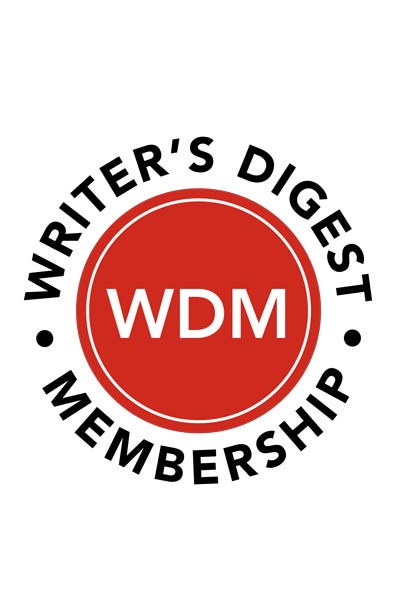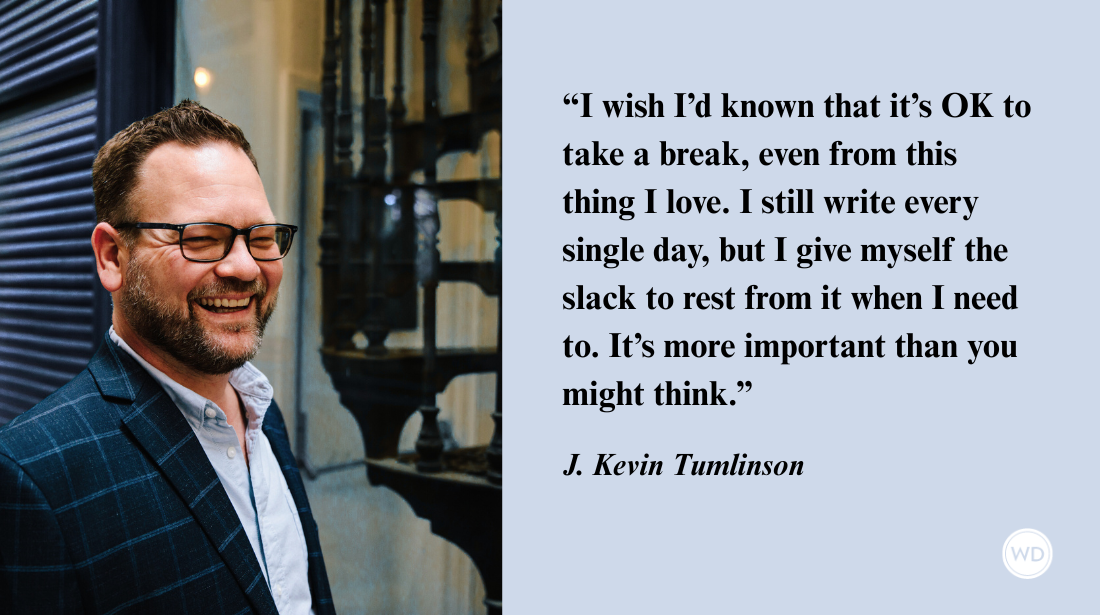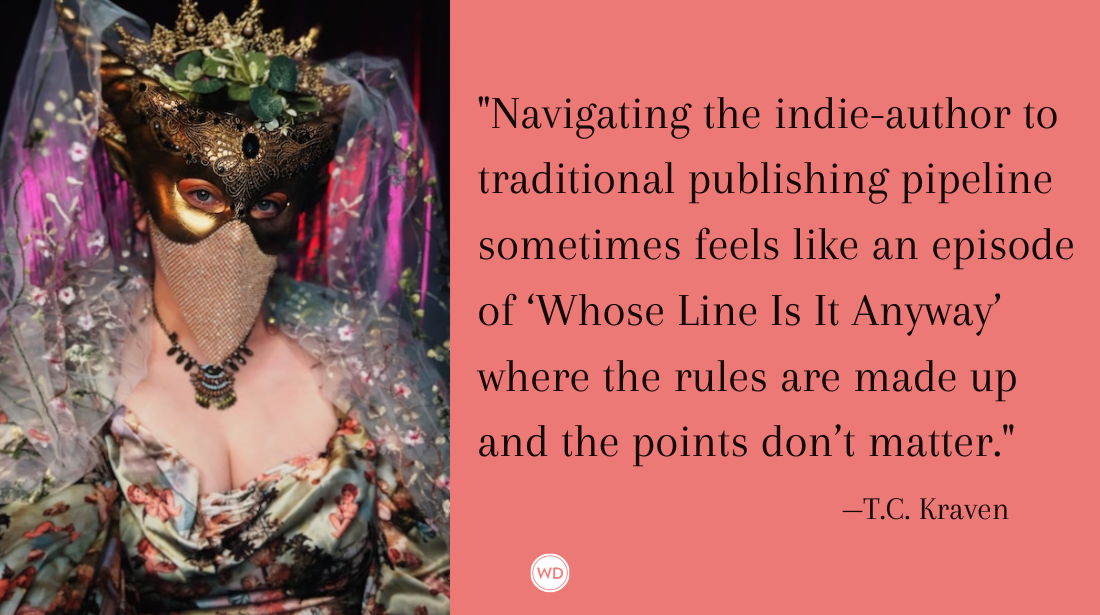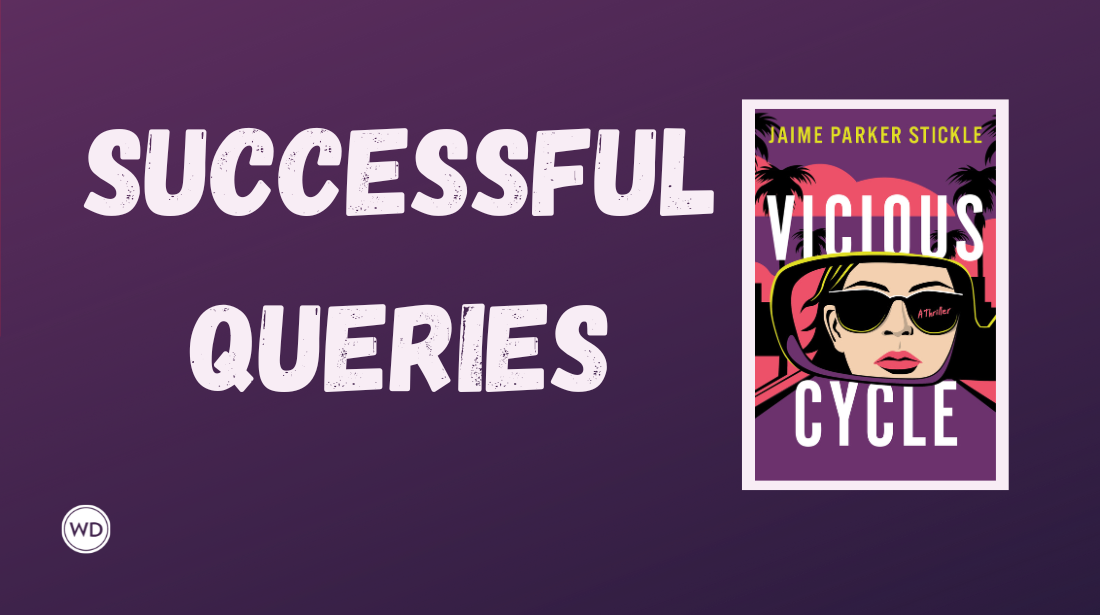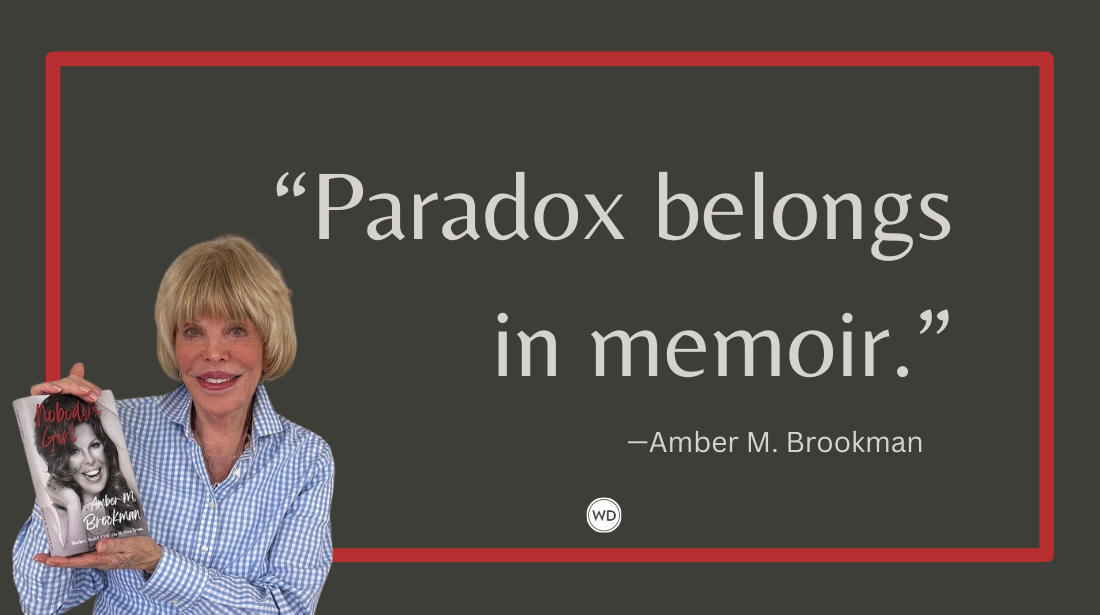Three Crucial Changes to the Book Publishing Industry
The new book Book Wars: The Digital Revolution in Publishing documents in detail the changes in the book publishing industry in recent years. Author John B. Thompson gives a glimpse of three crucial changes.
When I set out, around 10 years ago, to study the impact of the digital revolution on the world of books, there was a great deal of uncertainty—and, in some quarters, considerable apprehension—about what might happen when digitization took hold in the oldest of our media industries. Many people in publishing were looking over their shoulders anxiously at what had happened in the music industry and thinking: This could happen to us too. The print-on-paper book could suffer the same fate as the vinyl LP—why not? The textual content of books could be digitized just as easily as music could, and the physical book could be swept aside by cheaper and more efficient forms of content delivery. Like the vinyl LP, the old-fashioned print-on-paper book could become a collector’s item, still cherished by the aficionado but banished to the margins of the industry.
In the years immediately following the launch of the Kindle in 2007, it looked to many like the physical book could indeed suffer the same fate as the vinyl LP, as e-book sales surged. But it soon became clear that the e-book surge was going to be short-lived: By 2012, the rapid growth of e-books had come to an abrupt halt. For some kinds of books, especially genre fiction like romance, mystery, and sci-fi, e-books were by then accounting for a sizable proportion of sales—as much as 40–50 percent. But in other genres, like nonfiction and children’s books, e-books represented a much smaller percentage of sales, and that percentage was either leveling off or declining. If the digital revolution in publishing was about e-books, then it seemed that this was, at best, a stalled revolution. In any case, it certainly didn’t look like a re-run of what had happened in the music industry.
However, the digital revolution in publishing was never only, or even primarily, about e-books: E-books were just one aspect of a much more complex and varied series of transformations that were disrupting the publishing world. In Book Wars, I take the reader on a journey through the decades of disruption that began around 2000 and continues unabated today, a period that has witnessed an enormous proliferation of new ventures and initiatives which, taken together, have radically altered the landscape of contemporary publishing. The world of books today looks very different from the way it looked 30 or 40 years ago. Among the many changes, three stand out as particularly significant.
Order your copy of Book Wars by John B. Thompson
1. Amazon Online Retail
First was the rise of Amazon and the transformation of the retail side of the book business. Amazon was a child of the digital revolution—it wouldn’t have existed without digitization and the internet. In an astonishingly short time period, Amazon grew from its humble origins as a small tech startup in a Seattle garage to become the most powerful organization the world of books had ever known. Today, Amazon accounts for around 45 percent of all print book sales in the US and more than 75 percent of all e-book sales, and for many publishers, around half—in some cases, more—of their sales are accounted for by a single customer, Amazon. Never before in the 500-year history of book publishing has there been a retailer with this kind of market share, and with market share comes power, including the power to negotiate favorable terms with suppliers and to command the attention of readers. It’s hard to over-state the significance of this development: Its consequences are profound, not only for publishers and for other booksellers who struggle to compete with Amazon but also for the whole ecology of the publishing world, including the ways in which books are made visible to readers and discovered by them.
2. Self-Publishing Boom
A second enormous change has been the explosion of self-publishing. Of course, self-publishing is not new: It can be traced back to the so-called vanity presses that emerged in the early and mid-twentieth century. But the new age of self-publishing that was ushered in by the digital revolution is very different from the old vanity presses. The key idea that underpins this new age is the idea that authors who want to self-publish their work should not have to pay for the privilege, and the organizations that facilitate self-publishing should not be making money by charging fees to authors. On the contrary, self-publishing organizations or platforms should be there to help authors publish their work, and these platforms would pay authors if and when their work sells, taking a commission on sales to cover their costs. It was this simple but fundamental idea, turning on its head the relationship between author and self-publishing organization, that underpinned the explosion in self-publishing that occurred from the early 2000s on, starting with pioneering organizations like Lulu and Smashwords and continuing through the establishment of Amazon’s self-publishing platforms, CreateSpace and Kindle Direct Publishing, and including many other platforms and services. The world of self-publishing is now an enormously complicated world in its own right—a parallel universe that exists alongside the world of traditional publishing and that has grown enormously in recent years. Quite apart from the sheer volume of self-publishing output, the growth of this sector has altered the traditional power structures of the publishing world. The established publishers and agents who have long acted as gatekeepers in the publishing world, deciding which authors and projects should be published and on what terms, could now be bypassed by following entirely new pathways to publication that had been opened up by the digital revolution. Of course, publishing a book is one thing, getting people to notice and buy it is quite another, and traditional publishers continue to have much more marketing and sales clout than most self-published authors. But there are many indie authors who have managed to earn appreciable amounts of money from their writing, even if the commercially successful indie authors still represent a tiny fraction of the total. Apart from the financial rewards, the growth of self-publishing has massively increased the range of options available to writers, creating a more varied publishing environment in which authors can move back and forth between traditional publishing and self-publishing, depending on what they want to achieve and the options available to them at the time.
3. Reader-Centric Business Model
The third change is in many ways the most fundamental: the digital revolution transformed the broader information and communication environment within which publishing existed, thereby creating both the necessity and the opportunity for publishers to adapt to a new and rapidly changing world of information and communication flows. For centuries, publishers had thought of themselves primarily as B2B businesses: They produced books and sold them to intermediaries in the book supply chain—to retailers and wholesalers. Publishers didn’t have a direct relationship with readers and they didn’t know much about them: The job of dealing with readers was left to the booksellers. But this traditional model of the publishing business was radically disrupted by the digital revolution. As competition from Amazon led to more and more bookstore closures, publishers realized that they could no longer count on physical bookstore to do what intermediaries in the traditional book supply chain had always done: make books visible and available to readers. They realized that they had to jettison the old model of the publisher as a bookseller-focused business and become more reader-centric: in other words, they had to re-orient their businesses in such a way that readers were not an afterthought but rather a central focus of their concern. And just as the digital revolution forced this shift upon publishers, it also made available to them a variety of new tools with which they could build direct channels of communication with readers and do so at scale. It is this fundamental shift in publishers’ self-understanding that is likely to be one of the most significant consequences of the digital revolution in publishing, one that will continue to play itself out in the years to come.
John B. Thompson is Emeritus Professor of Sociology at the University of Cambridge and Emeritus Fellow of Jesus College, Cambridge. His previous books include Merchants of Culture. His newest book, Book Wars: The Digital Revolution in Publishing, is published on 7 May 2021.



